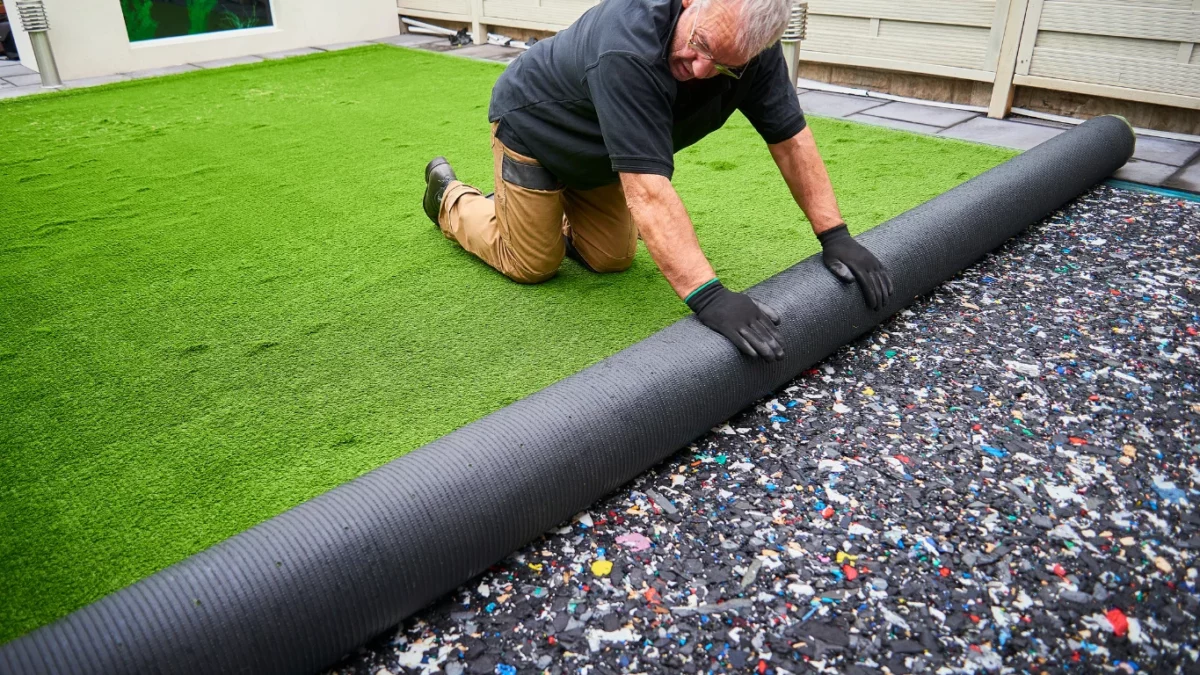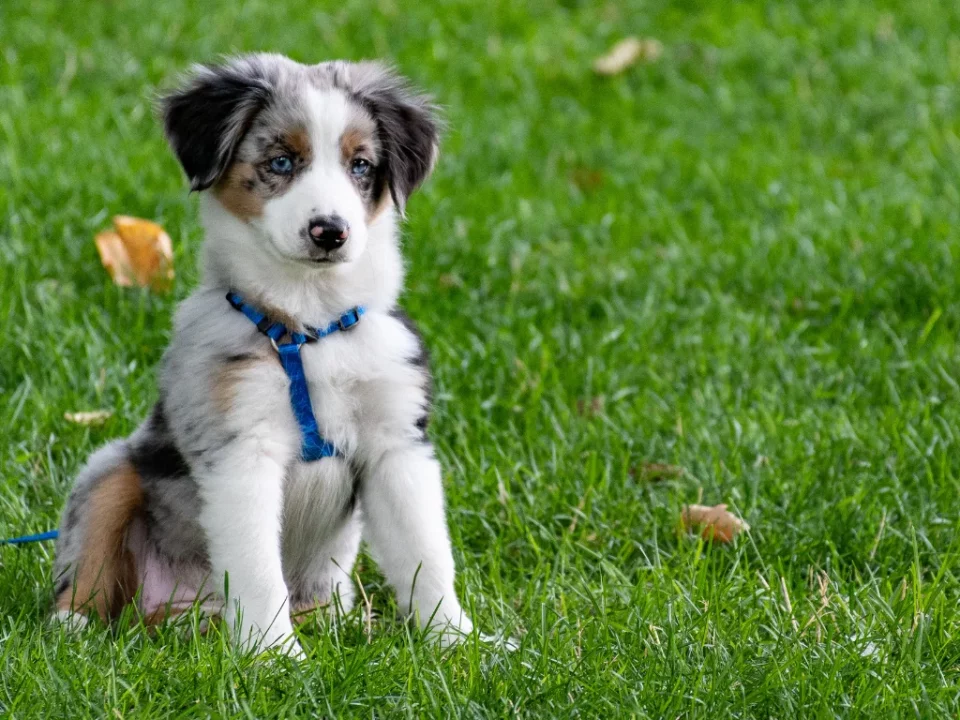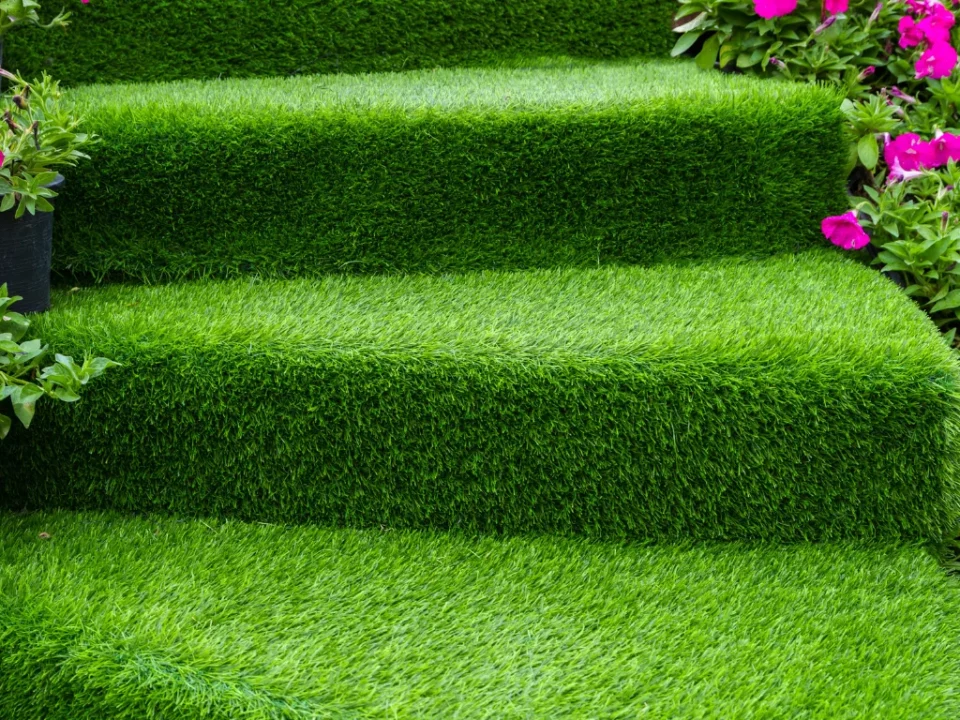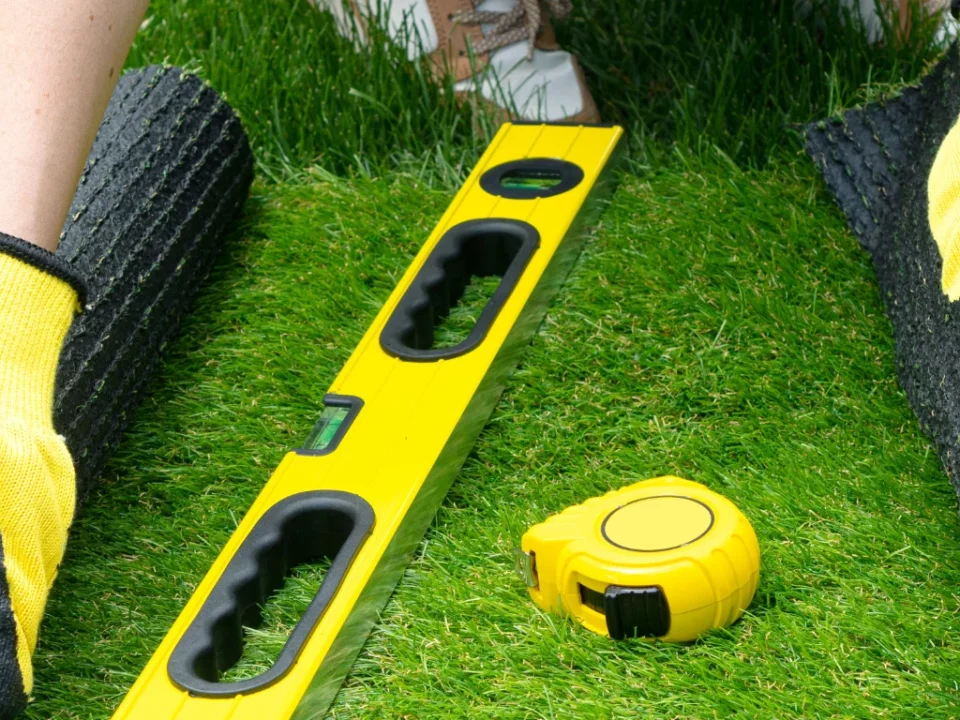Artificial grass installation has become an increasingly popular choice for homeowners and businesses seeking a low-maintenance, attractive alternative to natural lawns. This modern solution provides a lush, green appearance throughout the year without the need for regular watering, mowing, or fertilizing. Whether you’re upgrading your backyard, creating a pet-friendly space, or enhancing a commercial property, understanding the process and benefits of artificial grass installation can help you make an informed decision.
The Process of Artificial Grass Installation: What to Expect
Artificial grass installation involves several essential steps to ensure a smooth and long-lasting result. The process typically begins with site preparation. This includes clearing the area of any existing grass, weeds, or debris. Proper ground preparation is crucial for preventing future issues such as uneven surfaces or drainage problems. Once the area is cleared, a weed barrier is often laid down to minimize the growth of unwanted plants beneath the artificial turf.
After preparing the base, a layer of crushed stone or decomposed granite is spread and compacted to create a stable foundation. This step is vital for ensuring proper drainage and maintaining the evenness of the surface. Next, the artificial grass is rolled out and carefully trimmed to fit the space. Precision cutting around edges and fixtures is important to achieve a seamless look.
Once the grass is in place, it is secured using landscaping nails or adhesive along the perimeter. To give the lawn a more natural appearance, installers often brush the fibers upright and apply an infill material. Infill helps the blades stand tall, adds weight to keep the turf in place, and improves overall durability. The final step involves a thorough inspection to ensure the artificial grass installation meets quality standards and provides a flawless finish.
Benefits of Artificial Grass Installation for Your Property
One of the main advantages of artificial grass installation is the significant reduction in maintenance. Unlike natural lawns, artificial turf does not require regular mowing, watering, or fertilizing. This not only saves time and effort but also reduces water consumption, making it an eco-friendly choice. For areas affected by drought restrictions, artificial grass offers a practical solution to maintaining a green and attractive lawn without excessive water use.
Durability is another key benefit of artificial grass installation. High-quality synthetic turf is designed to withstand heavy foot traffic, harsh weather conditions, and UV exposure without fading or deteriorating. This makes it an ideal option for families with children and pets, as well as for sports fields and commercial spaces where constant use is expected.
Artificial grass also provides a consistently beautiful appearance year-round. It remains lush and green regardless of the season, enhancing the curb appeal of any property. Additionally, it eliminates common lawn issues such as patchy spots, muddy areas, and pest infestations. With proper installation and minimal upkeep, artificial grass can last for many years while maintaining its fresh and natural look.
Artificial grass installation is a smart investment for those seeking a low-maintenance, durable, and visually appealing landscape solution. By understanding the installation process and the numerous benefits, you can confidently choose artificial grass to enhance your outdoor space. Whether for residential or commercial use, this innovative option delivers long-lasting beauty and convenience.
Read More:






